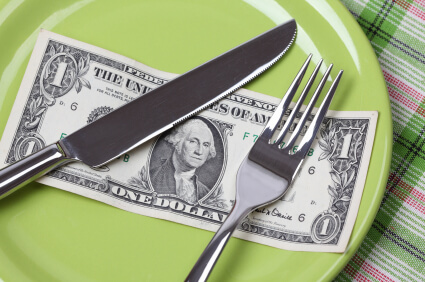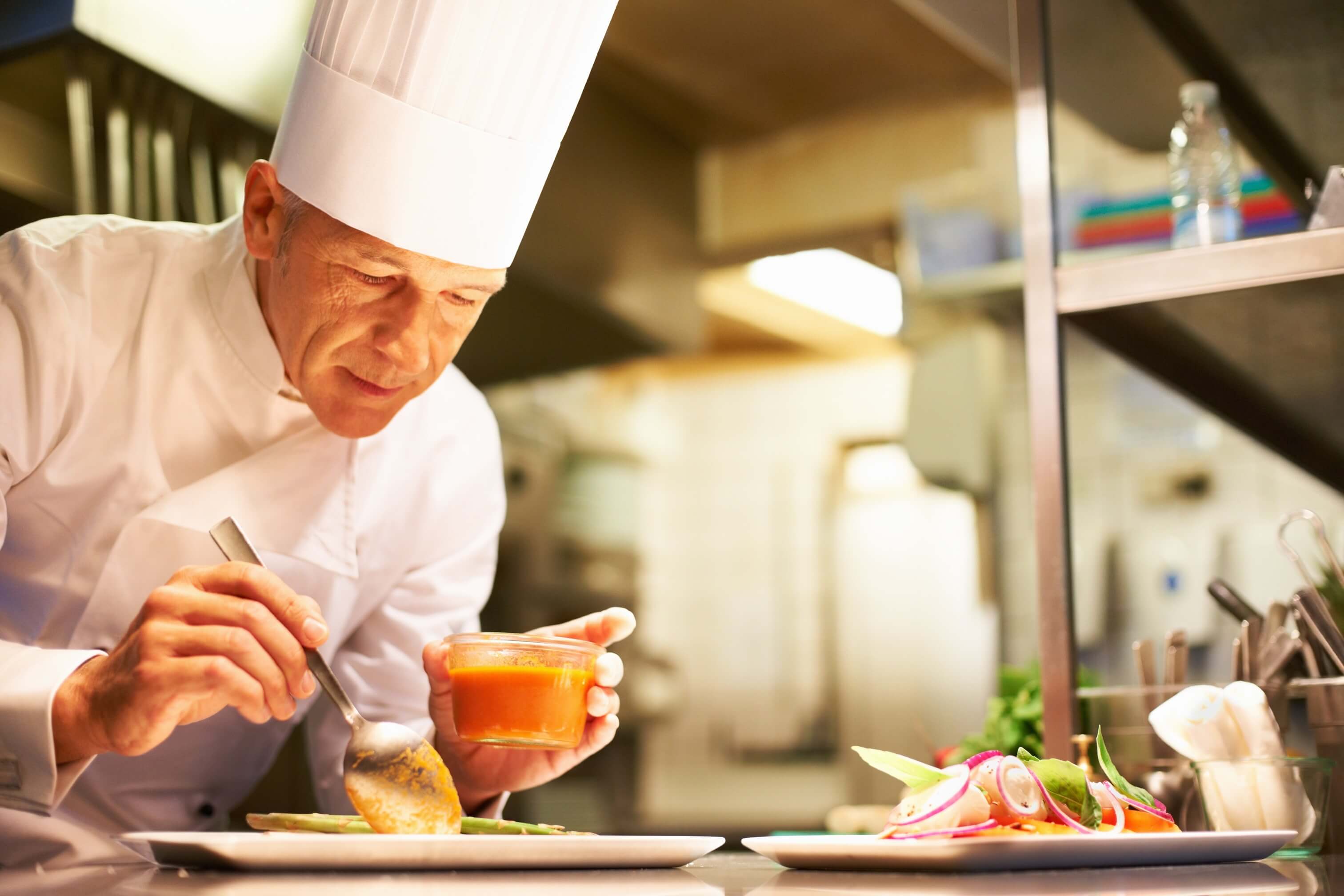Our Blog
 In 2012, Food costs will remain a huge challenge for the restaurant industry, with wholesale domestic food price inflation running at 8.4 percent — the highest it’s been in three decades. Operators won’t be able to pass on high costs on a one-to-one basis, so the focus will remain on driving out costs, while hopefully growing sales.
In 2012, Food costs will remain a huge challenge for the restaurant industry, with wholesale domestic food price inflation running at 8.4 percent — the highest it’s been in three decades. Operators won’t be able to pass on high costs on a one-to-one basis, so the focus will remain on driving out costs, while hopefully growing sales.
Intense pressure from customers to keep down prices make restaurants think creatively about how to cope with higher food costs. Things like dollar menus, smaller portion sizes and working with lower-priced ingredients allowed restaurants to keep prices from skyrocketing last year.
But the future looks expensive. The latest USDA commodity price forecast predicts 2012 beef and chicken prices to increase by 9% and 5%, respectively (and this comes on the heels of double-digit price increases for many food items in 2011. There are many other arenas in which food prices are expected to rise. The USDA recently predicted a 13% total drop in peanut production from last year, due to heat and drought. Chocolate and coffee prices also are anticipated to rise dramatically: A sharp decline in cocoa production in Ghana and Cote D’Ivoire could drive up prices; and severe weather, changing rainfall patterns and new pests have impacted coffee production.
One of the main things a restaurant owner can do today is to ensure they are maximizing profit and reducing cost is Restaurant Revenue Management. IRHC Group uses an analytical process that enables us to identify menu prices that yield optimal gross profit without negatively impacting customer traffic. International Restaurant & Hospitality Consulting Group’s Restaurant Revenue Management System uses sophisticated statistical inference to analyze demand patterns and elasticity and determine specific trading relationships between products. Contact us today for a Free Consultation.









